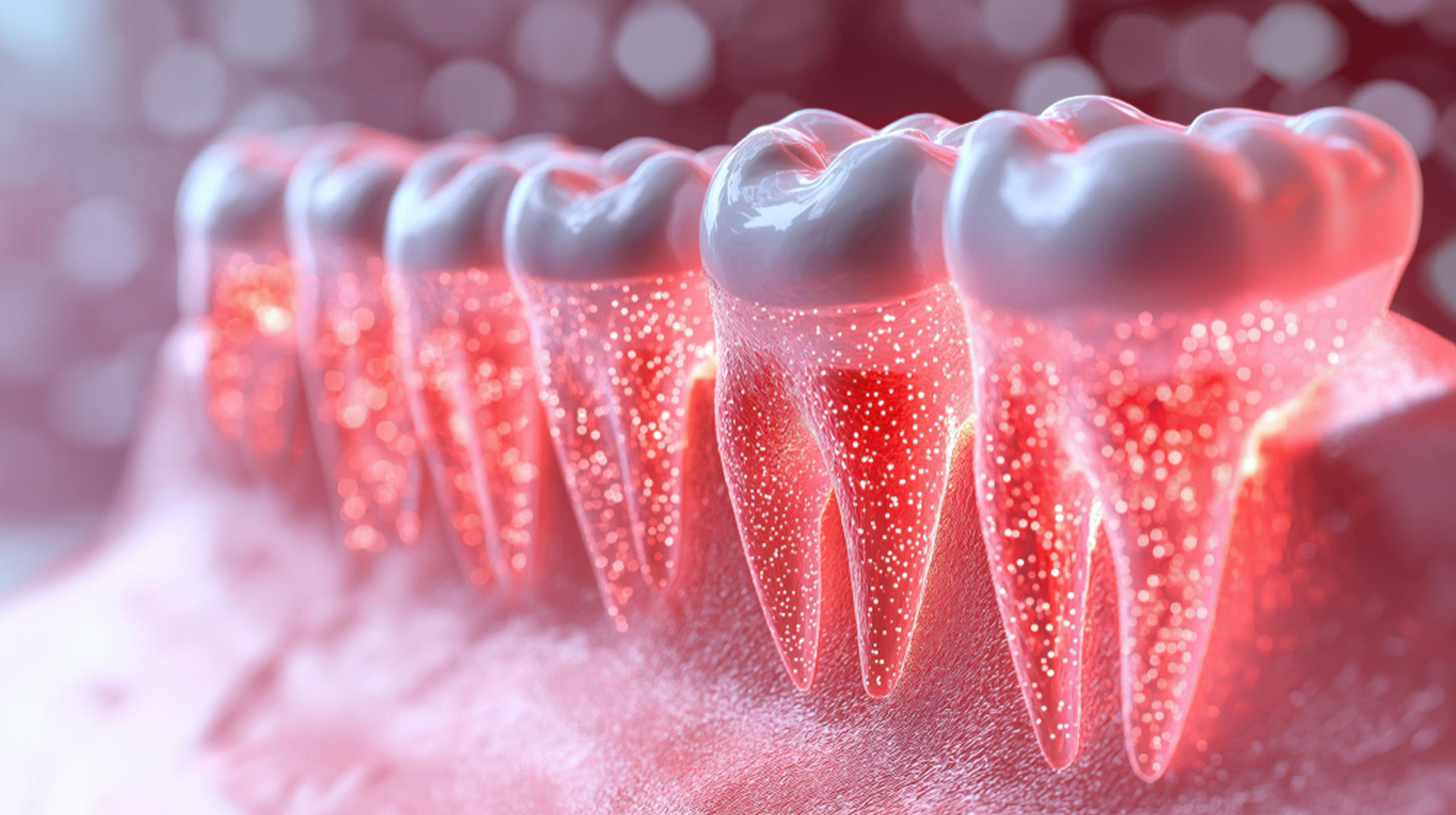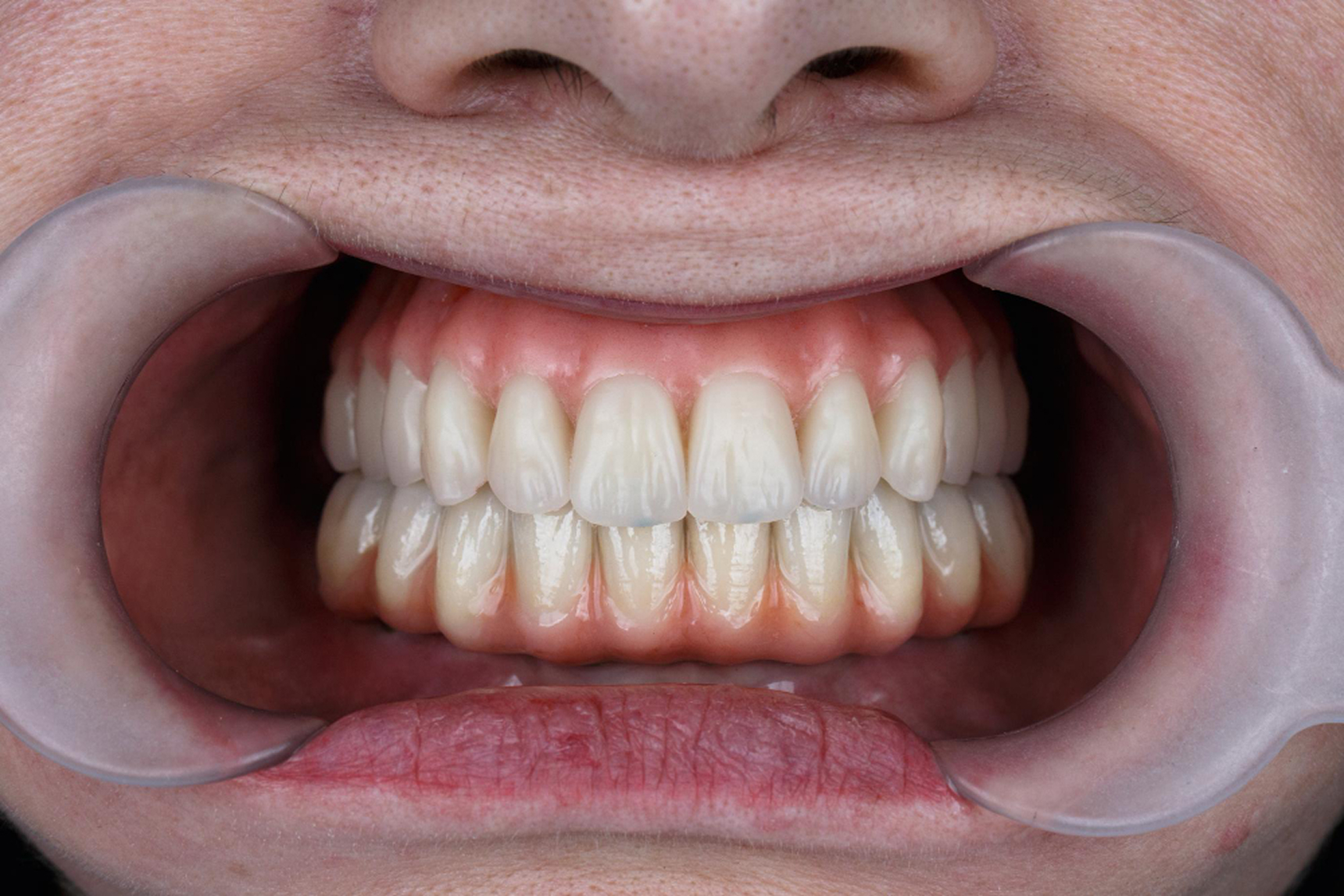
When misalignment between the jaws is too severe for braces or orthodontics alone, jaw surgery becomes necessary. It addresses problems such as underbite, overbite, open bite, facial asymmetry, breathing issues, or functional bite problems. The process typically involves pre‑surgical orthodontic treatment, the surgical repositioning of jaw bones, stabilization with plates or screws, and then post‑surgical orthodontics to fine‑tune the bite.
Jaw surgery often dramatically improves chewing, speech, aesthetics, and overall jaw function.

1
2
3
Duration:
Number of Sessions:
Recovery / Downtime:
Pain Level:
Pre-Treatment:
Post-Treatment:
Short‑term: improved jaw alignment, reduction of functional problems (chewing, biting), and initial facial balance. Long-term: balanced facial aesthetics, stable bite, better function, reduced joint stress or wear, improved airway
• Uncontrolled systemic disease (e.g., severe diabetes, bleeding disorders)
• Incomplete facial growth (in younger patients)
• Poor oral hygiene or dental health not primed for surgery
• Severe medical risks or patient unsuitability for major surgery
Substantial, varying considerably based on case
• Number of jaws involved (single vs bimaxillary)
• Complexity, need for bone grafting, soft tissue work
• Hospital/operating room costs, surgeon and anesthesia fees
• Pre- and post-surgical orthodontic work




